The history of the credit card is a lot older than you probably imagine. Most historians trace its origins to a concept that was very popular back in the late 1800s – the credit coin. These small metal plates were used to record purchases made by customers that would be collected on later.
The History of Credit Cards
In the early 1900s, the idea of credit cards took important step forward, when oil companies, department stores, and other large businesses began offering their own proprietary cards, which could be used by customers at those specific stores. In many ways, these proprietary cards were the true forefather of credit cards, even though they were confined to a closed system (i.e. they could only be used with one specific merchant rather than with a wide variety of merchants.)
Western Union’s card was probably the most famous example of this time. Western Union cards were given to employees instead of paychecks and could be spent at company-owned stores.
The First “Bank” Card
The first attempt at an open system came in 1946 when a banker named John Biggins pioneered the Charg-it card program. Charg-it cards could be spent at a number of local merchants, who would then forward an invoice to Biggins. This system became popular quickly, but it still had severe flaws: cards could not be taken out of town, and clients were required to bank with Biggins.
The Universal Card – Diners Club Card
In 1949, two businessmen created a more universally applicable card that would push purchases to a later date; an invention inspired, it was said, by the pair’s own embarrassing experience of ending up short of funds in a fancy New York City restaurant. This card was the Diners Club Card.
The First Modern Credit Card – American Express
Finally, in 1958, American Express released the first modern credit card. This card was generally used for paying travel & entertainment expenses and was known as the “T & E” card. The point of this card was so that traveling business people would not have to carry large sums of cash while traveling. After a few decades, American Express broadened their scope by becoming international and then took it to the next level by no longer having a card just for T&E but for any purchase or expense.
These first-generation credit cards hardly resemble the credit cards we have today or the companies running them. These cards were all run on a closed-loop system which means only three people were involved; the consumer, the merchant, and the card issuer. Merchant accounts, processors and merchant service providers were not part of the original equation. It was a simpler time with a simple system but proved to be impractical as time went on.
MasterCharge is Born
A group comprised of 14 different banks met in Buffalo, New York to discuss the success of Bank of American’s BankAmericard and put a stop to their monopoly over the credit card industry. These 14 banks formed the Interbank Card Association and began creating the rules for how we process credit cards. They also created their own brand of credit card; known as MasterCharge. It hit the market in 1966 and later rebranded itself as we know it today, MasterCard. Since the late sixties, MasterCard has made a name for itself in the industry and become one of the top four card brands available today.
History of Taking Payments at the Counter
Until computerization of the credit card system in 1971, however, paying with a credit card was enormously cumbersome. Anytime a purchase was made over a certain amount, merchants needed to call the bank and check the credit card number against a registry of stolen cards.
The Manual Imprinter, aka “The Knuckle Buster” was developed as the first payment device. Now it wasn’t actually a payment device since it did not process the payment but it was used to imprint the card information onto a slip and then that slip was mailed to consumer’s banks. This process was time-consuming for the merchant and not up to the security standards of today. However, the knuckle buster is still around and is often used by the merchant in an emergency such as a power outage.
Electronic Credit Card Payments Begins
A short time later came Electronic Authorizations where a merchant could call in and process a payment. This new advancement was still a 5-minute phone call and due to long wait times, most merchants opted to simply authorize the transaction instead of processing it in its entirety on the phone causing them to have to go back and complete the transaction later.
In 1979 the credit card industry was forever changed by the invention of the first Point of Sale terminals and by the introduction of the mag-stripe technology. Visa introduced the first countertop terminal that sped up the credit card checkout and was the precursor for the terminals we have today. In this same year, MasterCard, launched the first mag stripe credit cards to the market.
Verifone
Verifone emerged in 1981 as a small electronics company based out of Hawaii and would soon grow into one of the most recognizable names for credit card terminals. Two years later Verifone would release their ZON series terminals that would set the bar for credit card terminals. The ZON terminals gave way to the Trans series terminals and then into the Omni series terminals. Today, Verifone is one of the most recognized names for credit card terminals and the largest manufacturer of processing terminals in the world.
Hypercom
Hypercom, the second most well-known manufacturer of processing terminals released the T7P series which were some of the bestselling terminals in history. The T7P was later replaced by the T7 Plus which had more advanced features but was still bulky compared to today’s modern, slimmer designs. Hypercom was the first manufacturer of the split-line terminal where a merchant could send their Visa/MasterCard & American Express payments all through one terminal. Before the Hypercoms, a merchant could only electronically send their Visa/MasterCard charges through the terminal. American Express transactions had to be written on a slip and be mailed to American Express causing the merchants to wait even longer for payment. Waiting for payments from American Express caused many merchants to decline the acceptance of American Express cards. In 2011, Verifone purchased Hypercom and changed their name to Equinox Payments.
Ingenico
Ingenico was founded in 1980 and quickly expanded into the global company it is today. By 2008 Ingenico became the world leader in processing terminals. Ingenico has been one of the frontrunners for releasing EMV terminals in the U.S. long before EMV compliance went into effect at the tail end of 2015. Ingenico’s most notable processing terminal is the Telium series.
Lipman was the next company to start making a name for themselves in the processing terminal arena in 1994. Lipman released the widely known Nurit series which was well received by merchants for its reliability and user-friendly interface. Lipman set themselves apart from its competitors by focusing on wireless processing terminals. Lipman’s saw the need for merchants to be able to move their processing around their brick & mortar location(s).
Smart Terminals
Fast forward a little further in the 21st Century; the newest and smartest terminal has been released. This terminal has learned from all the flaws and all the accomplishments of the terminals before it to become the first Smart-Terminal, POYNT. This terminal is virtually limitless and is being called “future proof.” If a traditional countertop terminal and a POS solution had a baby, that baby would be POYNT. New apps are being built for POYNT every day and the payment solution will only become stronger over time. It is EMV compliant, has a mag stripe reader and accepts electronic wallets. POYNT can also be used for the Lodging industry which has had few payment solution options since EMV rolled out in October of 2015. As POYNT says, “The first terminals you’ll love. The last terminals you’ll need.”
There is a lot to love about the POYNT terminal; with dual customer and merchant screens, the ability to be portable, easy to setup, easy to use, built in printer & scanner, and the POYNT HQ which is basically the command center for your business which tracks all your transactions, customers, settlements, reports and more. HQ can be accessed from your computer or on your smartphone using the HQ Smartphone App. POYNT is a triple threat; smart, powerful and growing stronger by the day.
As you can imagine, computerization revolutionized the way that people used their credit cards by making the process infinitely more convenient. Add that technology with IP & WiFi and the devices are becoming even more powerful and portable. It is 2017, the next revolution in convenience, security and technology is here, are you ready for POYNT? Visit Poynt at NXGEN.com to learn more.

